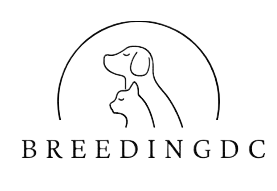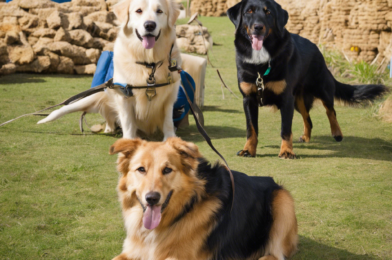Are you a dog lover dreaming of a furry giant to snuggle with? Large dog breeds can make wonderful companions for families who have the space to accommodate their size and exercise needs. These gentle giants are not just big in stature but also in their hearts, bringing joy and unique personalities to their human families. Let’s explore some of the best large dog breeds that can fit right into your loving home.
**Newfoundland:** Known for their sweet and gentle nature, Newfoundland dogs are true gentle giants. They are patient and excellent with children, making them perfect for families. Despite their large size, Newfoundlands are calm indoors and thrive with moderate exercise and plenty of affection. Their intelligence and eagerness to please make them highly trainable, whether for basic obedience or more advanced tasks.
**Great Dane:** These majestic dogs are often called ‘gentle giants’ for a reason. Great Danes are incredibly affectionate and make loyal companions. Despite their imposing height, they are known to be ‘couch potatoes’ and are happy to relax with their families. Regular walks and playtime will keep them content, but they don’t require excessive exercise. Their short coats make grooming a breeze, too.
**Bernese Mountain Dog:** With their distinctive tri-colored coats and affectionate nature, Bernese Mountain Dogs are a popular choice for families. They are highly adaptable and form strong bonds with their loved ones. Berners love outdoor activities but are equally happy relaxing indoors. Their intelligence and willingness to please make training an enjoyable experience. While they require regular grooming due to their thick coats, it’s a small price to pay for such a loving companion.
**Saint Bernard:** Saint Bernards are famous for their historical role as rescue dogs in the Swiss Alps. They are known for their calm and patient demeanor, making them excellent family members. Despite their massive size, they are gentle giants who love human companionship. Saint Bernards are intelligent and responsive to training, making them manageable despite their size.
These large breeds offer not only size but also big hearts and loving personalities. When properly trained and cared for, they can be the perfect addition to a family with the space and resources to support their needs.








